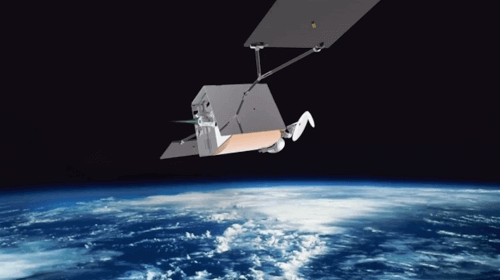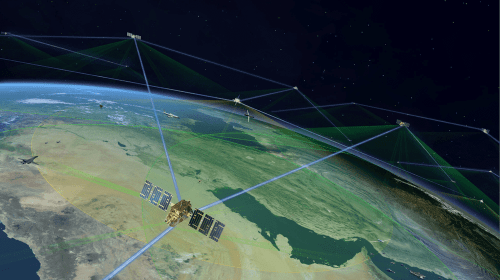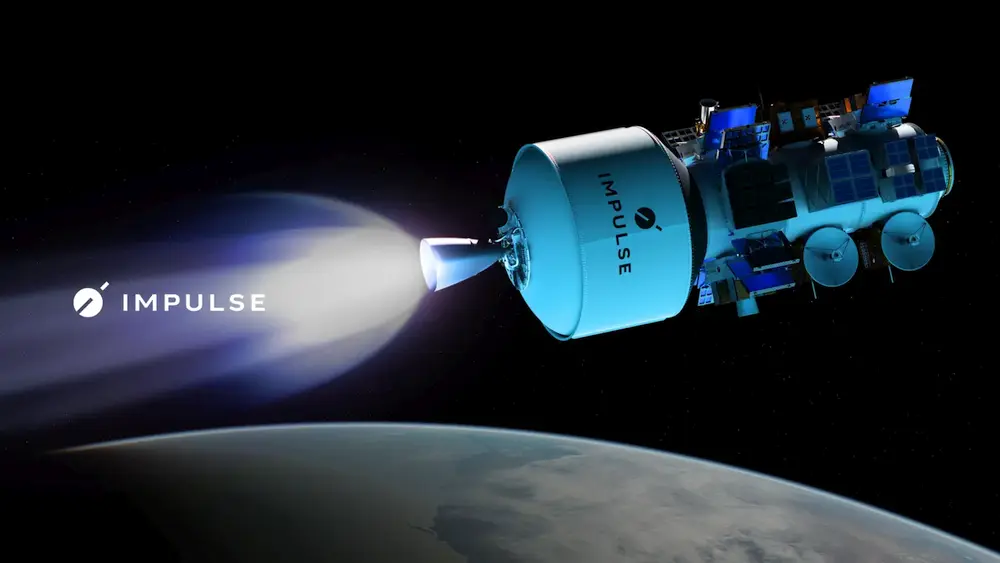Mission Robotic Vehicle – The Satellite Lifesaver
Mar 12, 2022
This blog has followed the progress of Northrop Grumman and its subsidiary SpaceLogistics LLC since they rescued Intelsat’s IS-901 from a graveyard orbit and returned it to service in April 2020. See: Mission Extension Vehicle Successful. The MEV or Mission Extension Vehicle was designed as a sort of portable power pack. Many satellites run out of fuel while they are still fully functional. The MEV can give these satellites a new lease on life. MEV-1 approached and attached to the IS-901 satellite, taking over its orbital control operations, moving it back to its GEO slot, enabling the satellite to operate for another six years.
A year later, MEV-2 docked with Intelsat’s IS-10-02. It was also a mission of firsts. MEV-1 docked with IS-901 which was parked in a graveyard orbit, and then returned it to GEO orbit. MEV-2 docked with IS-10-02 while it was still operational and within its GEO orbital slot. SpaceLogics said the docking was not technically more difficult, but the number of considerations were more extensive. In this case, the customer’s satellite was carrying live traffic and the idea was to avoid disrupting it. Thus, docking had to be carefully planned out and executed. As it turned out there was only minor degradation of signal, and no customers experienced disruption.
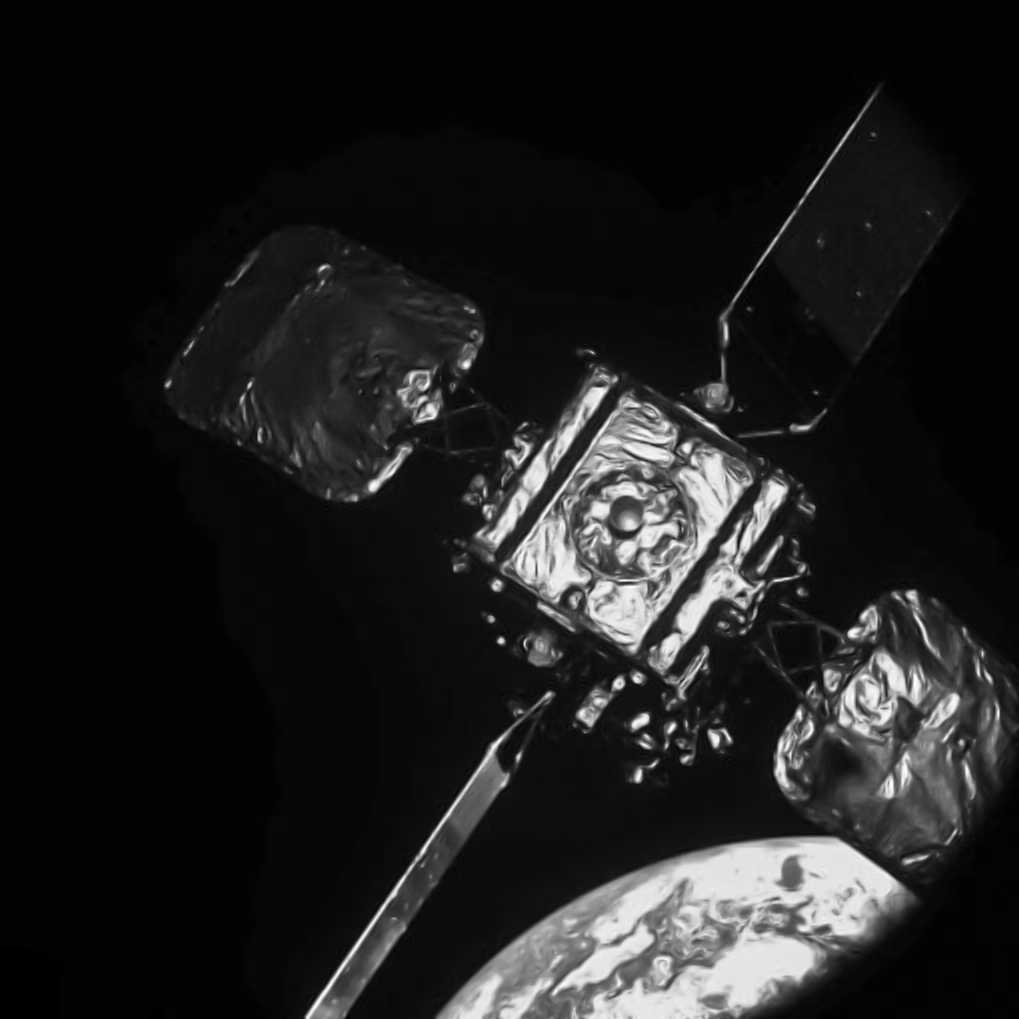 An image of the IS-10-02 satellite taken by the MEV-2 vehicle as it was approaching for docking in April 2021. Photo: Northrop Grumman
An image of the IS-10-02 satellite taken by the MEV-2 vehicle as it was approaching for docking in April 2021. Photo: Northrop Grumman
MEV-2 will provide five years of service for the Intelsat satellite, which was 17 years old, and in perfect health, aside from running out of fuel. IS-10-01 offers broadband and media distribution to Europe, the Middle East, Africa, and the Americas. For Intelsat, it means they get more value out of their satellite, and they can redirect capital expenditures to next generation satellites, such as the software-defined satellites they had recently procured. Software defined satellites replace hardware with software, for example replacing multiplexors, amplifiers, up and down converters, etc. with Software-defined radio (SDR). Similar technology is applied to some ground components, and particularly to network operation center (NOC) functions, enabling more flexibility and improved integration with other space and terrestrial networks.
Mission Robotic Vehicle and Mission Extension Pods
Given the success of the first generation MEV’s, the solution was redesigned to be more economical and capable of serving a larger market. Launching individual MEVs is expensive, so the next iteration is the MRV or Mission Robotic Vehicle. It will carry several MEPs or Mission Extension Pods. The MEPs will take the place of the MEVs. Multiple MEPs can be deployed by an MRV with a single rocket launch. SpaceLogistics has contracted with SpaceX for the first launch of the MRV which is scheduled for early 2024. It will then spend a couple years attaching MEPs to satellites. The MRV and MEP have completed preliminary design reviews in 2021 and are on schedule for critical design reviews in 2022 and launching is scheduled for early 2024.
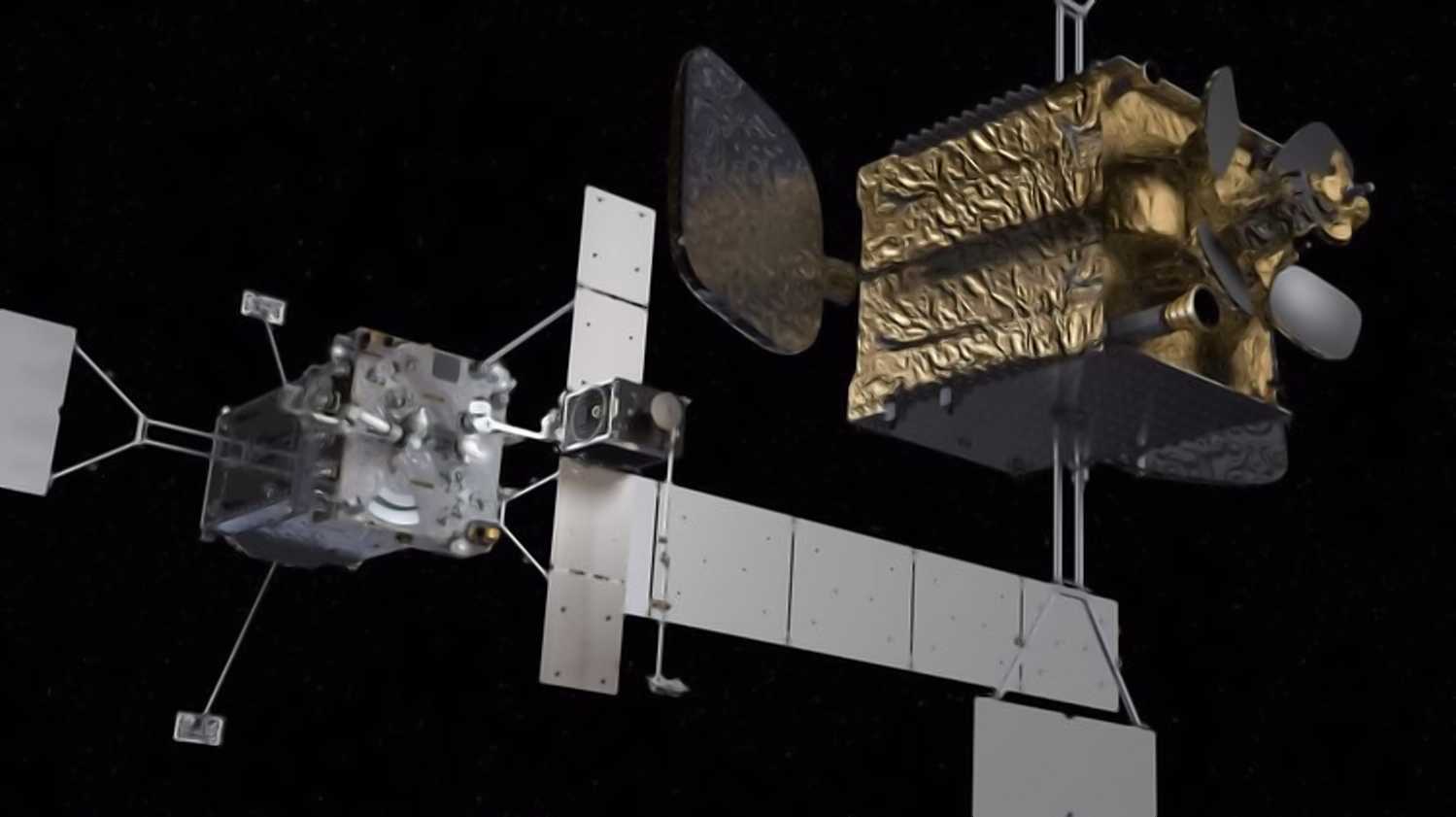 The SpaceLogistics Mission Robotic Vehicle uses its sophisticated robotics to attach Mission Extension Pods.
The SpaceLogistics Mission Robotic Vehicle uses its sophisticated robotics to attach Mission Extension Pods.
Photo: SpaceLogistics/Northrop Grumman
The MRV will service satellites in GEO orbit, using its robotic-arm to install MEPs on commercial satellites. The MEPs will be owned and controlled by the customer and can provide as much as six years of life extension for typical 2,000 kg satellites in GEO. SpaceLogistics has announced the sale of its first MEP to Optus, the largest satellite owner and operator in Australia. The MEP will be installed on the Optus D3 satellite in 2025. D3 was launched into GEO orbit in late August 2009. In 2025 it will be 16 years old, which is end-of-life for most satellites; however, the MEP will give it another six years of operations, assuming all goes according to plan. D3 provides fixed communications and TV broadcasting into Australia and New Zealand.
The MRV’s mission goals include augmentation, detailed robotic inspection, relocation, and repair. Opus is their third commercial contract, but SpaceLogics says contracts are pending for additional MEPs to be deployed, with 2025 sold out and 2026 nearly sold out. We will continue to follow SpaceLogics, anticipating that at some point their solution will be used to clear space junk from LEO orbits.

